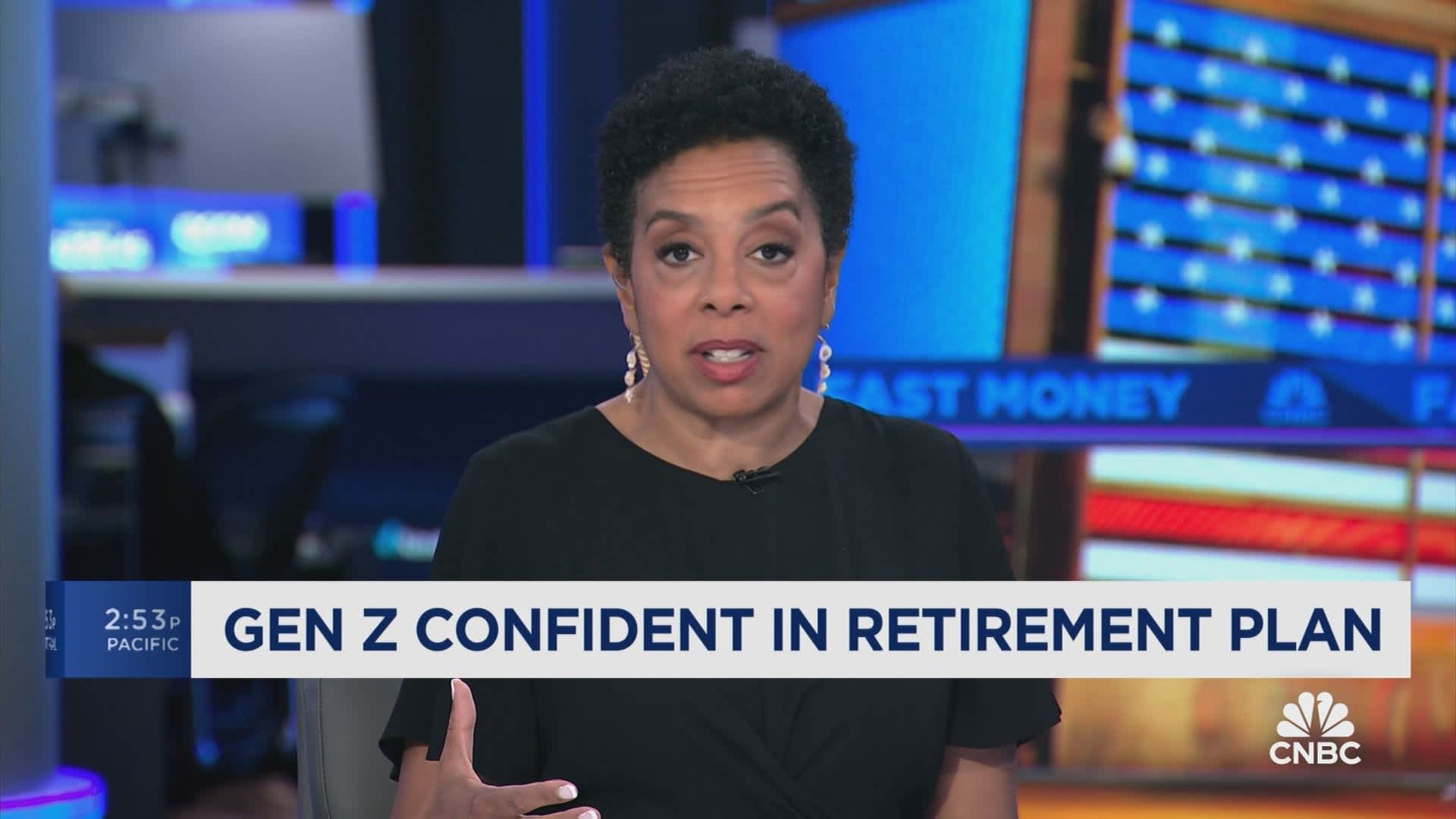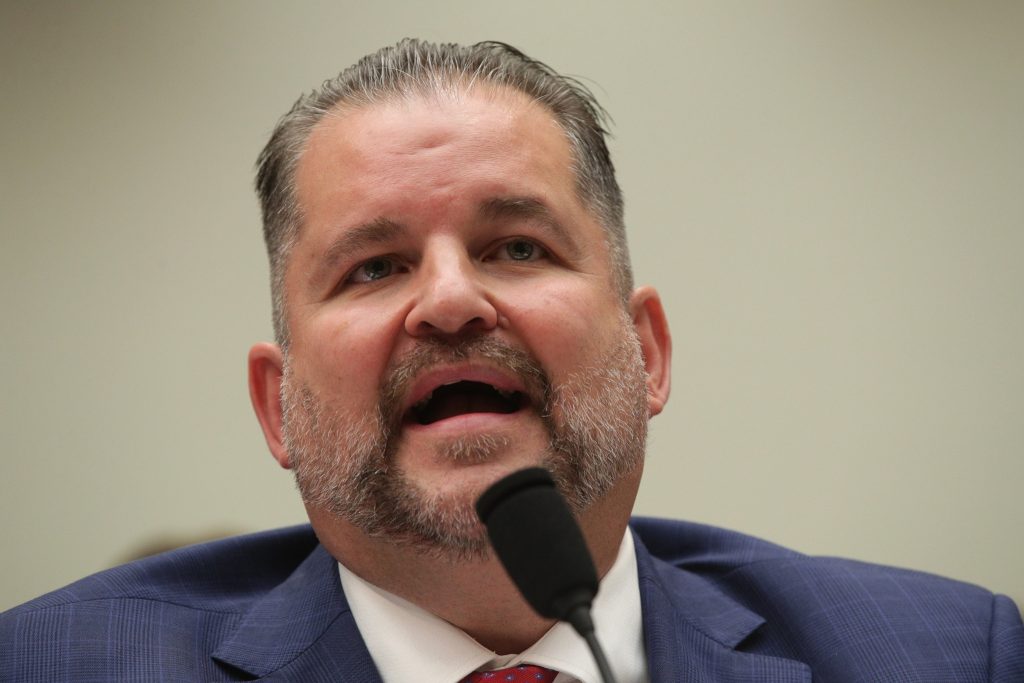Martin-dm | E+ | Getty Images
The IRS has finalized rules on required withdrawals for certain inherited individual retirement accounts and other plans. But heirs could owe more taxes later by only taking minimums now, experts say.
In final regulations last week, the agency confirmed most nonspouse beneficiaries have 10 years after the original owner’s death to deplete inherited retirement accounts. These heirs also must take yearly required minimum distributions, or RMDs, which had been a lingering question among tax professionals for years.
Before the Secure Act of 2019, heirs could “stretch” retirement account withdrawals over their lifetime, which reduced yearly taxes. The shorter 10-year window can mean bigger tax bills in withdrawal years, particularly for high-income heirs.
Regardless, heirs are “missing the boat” because they should consider withdrawing more from inherited accounts now while tax rates are lower, said IRA expert and certified public accountant Ed Slott.
More from Personal Finance:
Here’s what a Kamala Harris administration could mean for your wallet
Is the U.S. in a recession? Roughly 3 in 5 Americans think so
Here’s where Kamala Harris could stand on tax policy, experts say
Pretax inherited account withdrawals incur regular income taxes.
Without changes from Congress, dozens of individual tax provisions, including lower federal income tax brackets, are scheduled to sunset after 2025. That would revert rates to 10%, 15%, 25%, 28%, 33%, 35% and 39.6%.
“Every year you don’t use [the lower brackets] is a wasted opportunity,” Slott said.
Of course, higher taxes after 2025 are uncertain, and other factors may affect the choice to take withdrawals sooner. You should weigh current-year tax consequences — along with tax projections for future years — before boosting income via faster retirement account distributions, experts say.
Which heirs must start yearly RMDs in 2025
After years of waived penalties, certain heirs will need to begin yearly RMDs from inherited accounts starting in 2025 under those finalized IRS rules, warned certified financial planner Edward Jastrem, chief planning officer at Heritage Financial Services in Westwood, Massachusetts.
“Don’t panic,” he said. “But you need a sense of what’s going on,” including the calculation for your upcoming RMD, which custodians may not provide.
The new IRS guidelines are for heirs who are not a spouse, minor child, disabled, chronically ill or certain trusts. The yearly withdrawal rule only applies if the original account owner had reached their RMD age before death.
If you miss yearly RMDs or don’t take enough, there is a 25% penalty on the amount you should have withdrawn. You can reduce the penalty to 10% if the RMD is “timely corrected” within two years, according to the IRS.


